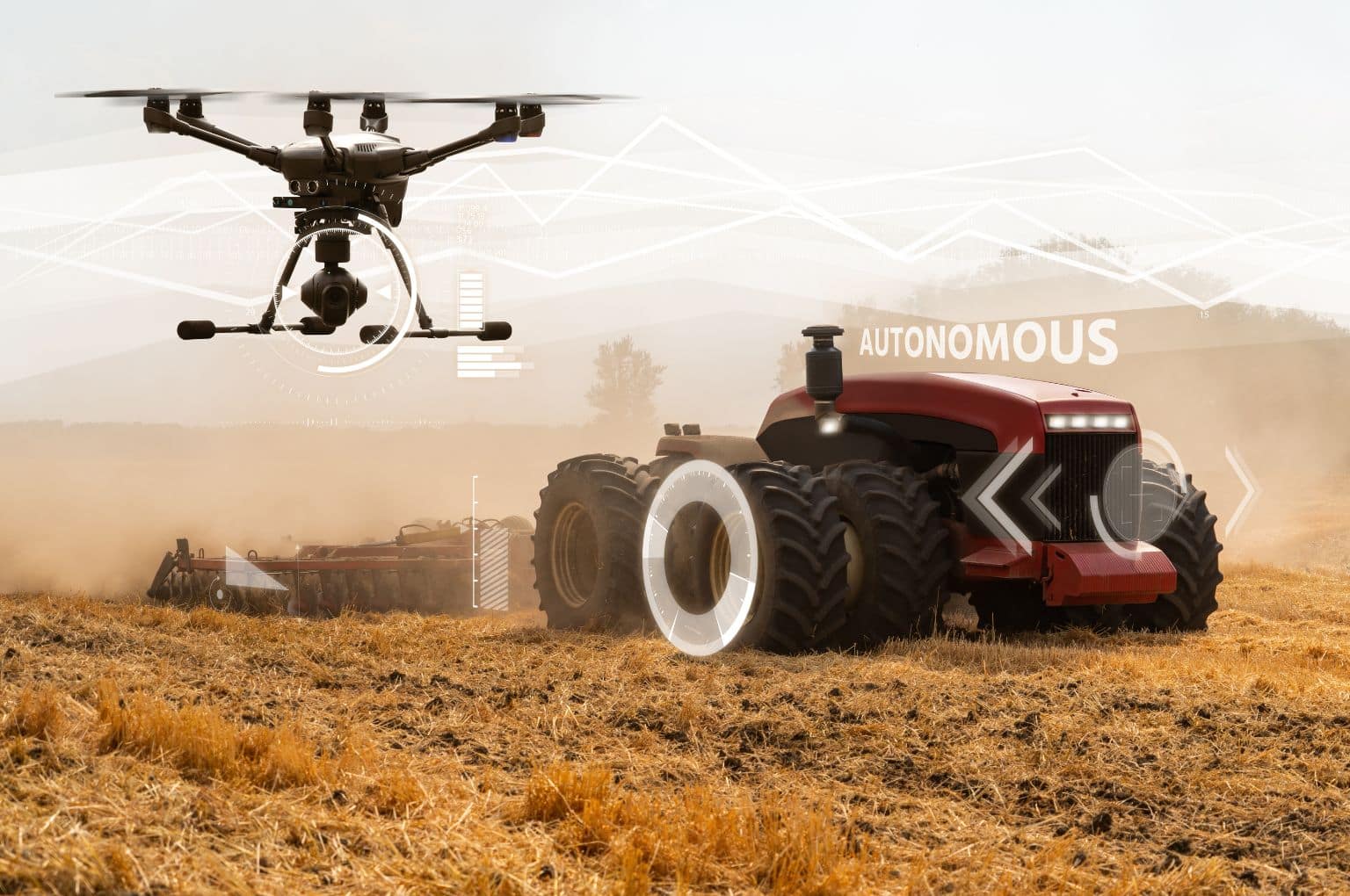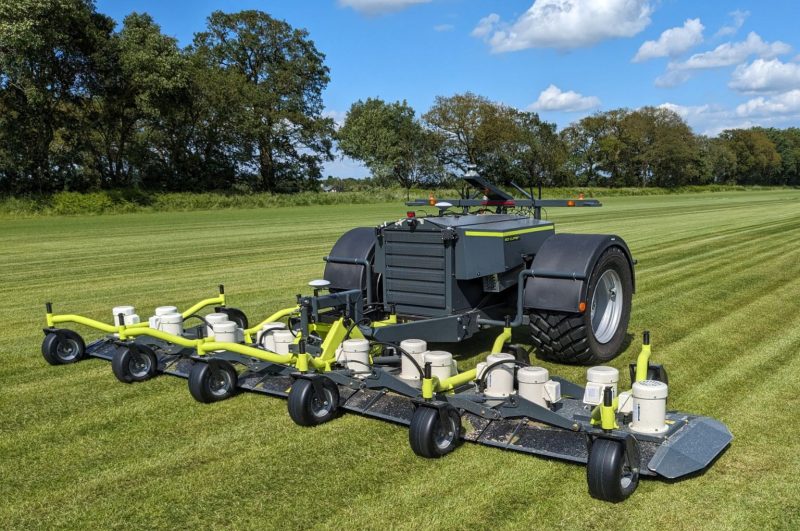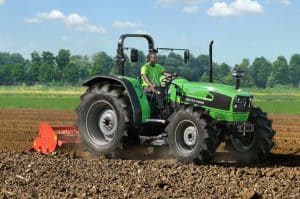AgriRobot, developing safety software for autonomous agricultural robots, has joined the AgRibot project in Europe as an official partner. The project, which received a €4.97 million grant from the European Commission, is strategically designed to address some of the most pressing challenges in European agriculture, including labour shortages, unsafe working conditions, and the pressing demands for both enhanced productivity and greater sustainability.
Over the next four years, the AgRibot project will develop and field-test six future oriented robotic systems throughout Europe, demonstrating their adaptability to a variety of agricultural operations, including weed management, precision spraying, harvesting, and pruning. More than just automating tasks, AgRibot integrates AR/XR technologies to improve farmer training, support operations in real-time, and foster better interaction between humans and machines.
The agricultural sector faces several challenges, including a fatality rate 233% higher than other industries and a rapidly declining workforce, projected to drop from over 10 million in 2010 to just 7.9 million by 2030. This labour shortage leads to unharvested crops, rising labour costs, and reduced food availability, driving sharp price increases. The AgRibot project addresses these issues by automating labour-intensive tasks, improving safety, and enhancing working conditions, making agriculture more attractive to younger generations.
AgriRobot brings its expertise in autonomous robotics to the project, focusing on the development of certifiable software that ensures safe, reliable, and efficient operation of agricultural robots without the need for human supervision. By enhancing machine autonomy and safety protocols, AgriRobot’s technology will help accelerate the adoption of robotic solutions across Europe.
“We’re really excited to be taking part in this project and providing our robotics expertise,” said Henrik Lynge Jacobsen, Co-Founder of AgriRobot. “Labour shortage is a major challenge for the agricultural sector globally, and we see autonomous robotics being a valuable solution to this, especially as there are a wide range of applications for these machines.”
Transformative project
The project is also developing an Impact Assessment Tool (IAT) to help farmers measure the economic, environmental, social costs and benefits of these innovations, promote beneficial adoption of smart farming technologies and showcase potential positive impacts on resource efficiency, pesticide reduction, and labour savings.
“AgRibot is a transformative project for European agriculture, combining robotics, artificial intelligence, and augmented/extended reality to revolutionise farming practices. By leveraging these cutting-edge technologies, we are tackling today’s challenges while shaping a future of smarter, safer, and more sustainable agriculture.” says Gregory Mygdakos, AgRibot’s project coordinator. “Our mission is to deliver robotic solutions that will empower farmers, improve efficiency, adaptability, and environmental responsibility.”
Led by AgroApps, the consortium brings together 18 leading organizations in robotics, AI, AR/XR, social science and agricultural sciences. These include Consiglio Nazionale Delle Ricerche, Katholieke Universiteit Leuven, Politecnico di Bari, Fundacio Eurecat, Geoponiko Panepistimion Athinon, CYENS Centre of Excellence, University of Macedonia, Digyone GmbH, Erevnitiko Panepistimiako Institouto Systimaton Epikoinonion kai Ypologiston, Università degli Studi di Bari Aldo Moro, Nova Telecommunications, Teknologisk Institut, Københavns Universitet, bSpoke Solutions, InoSens and Ecorobotix SA, alongside AgriRobot. This multidisciplinary consortium ensures that the project delivers innovative solutions that are technologically advanced and practically viable, benefiting farmers across Europe.

![RightSpot Ad Template Digital-1400×190-px[76] Ag Leader RightSpot](https://world-agritech.com/wp-content/uploads/elementor/thumbs/RightSpot-Ad-Template-Digital-1400x190-px76-r316mmc0hgoob9qxmklllnnbxta1nlj7t2vjkoyeek.png)








